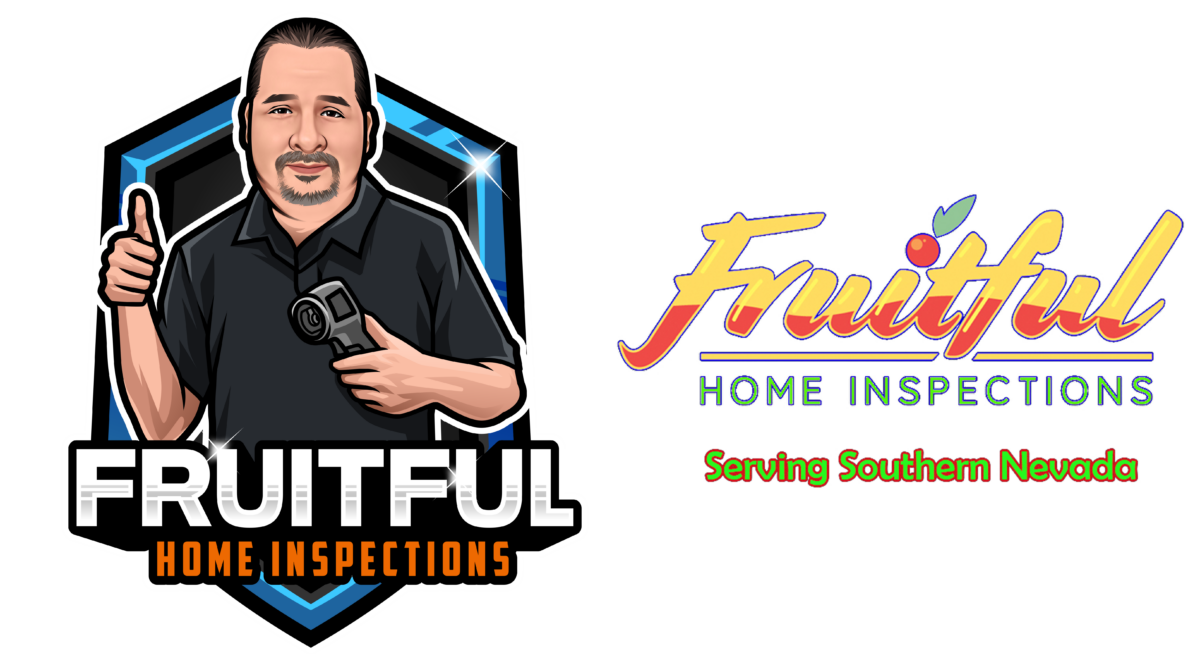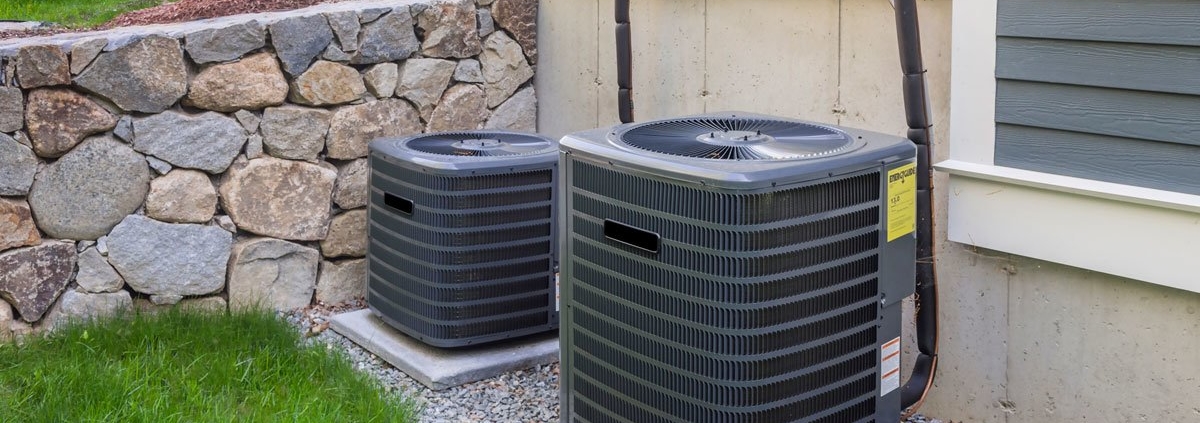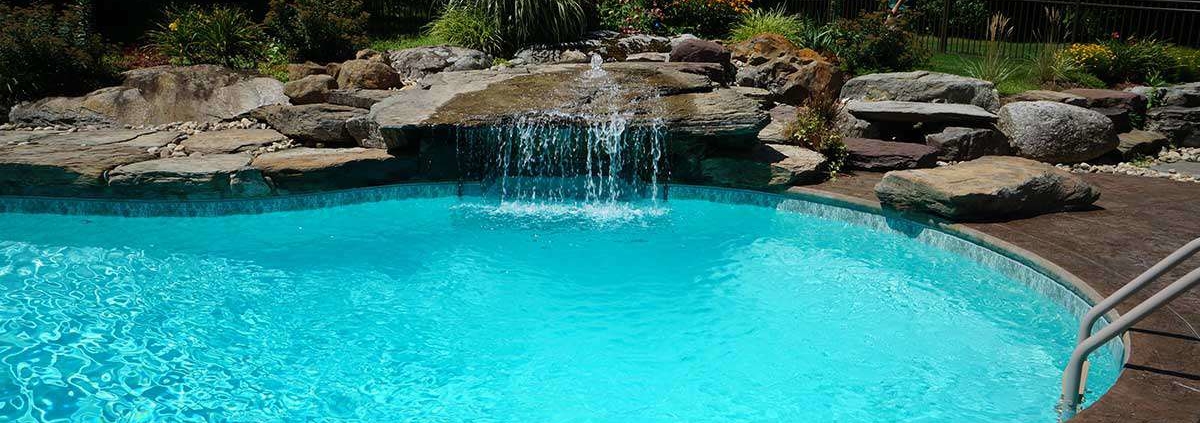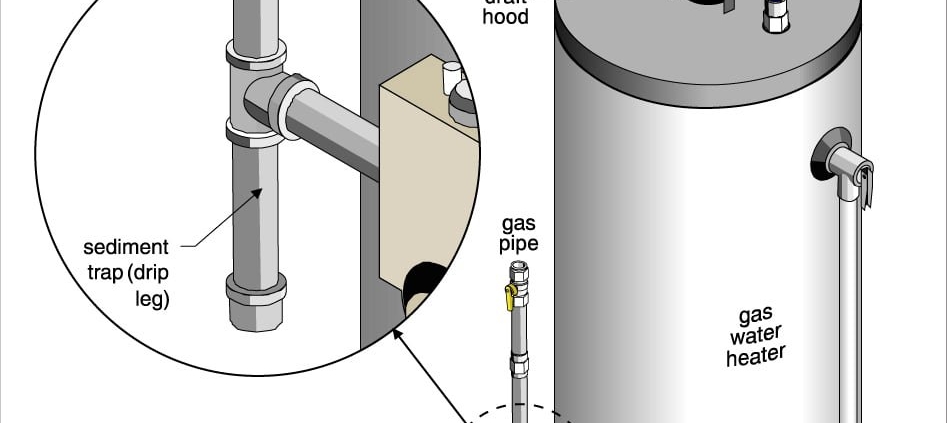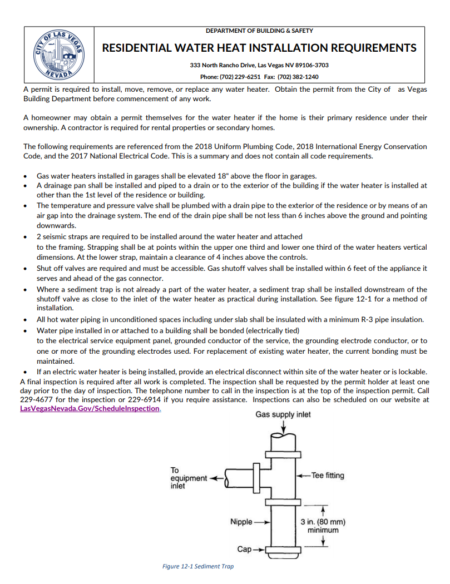This is a great question, especially considering how hot the summer months in the valley can be. Air Conditioning manufacturers recommend that homeowners have their units serviced annually. But in Las Vegas, many experts recommend two annual tune-ups. One before the hot summer season, and the other right after. The reason for this is pretty straightforward: Las Vegas experiences extremely hot summer temperatures, much hotter than most of the rest of the country. That means that air conditioning units often have to run at very high levels every single day–for months. This puts a lot of wear and tear on the unit, and results in a need for more frequent maintenance. Having your A/C unit serviced will keep the system clean and primed to operate at its designed peak performance levels. Systems that go without consistent maintenance typically perform much less efficiently, in both cooling effectiveness and energy efficiency–running up your electricity bills.
Additionally, for the same efficiency reasons, it is recommended that you change your air filters more consistently to make sure you have even unobstructed airflow for peak performance.
